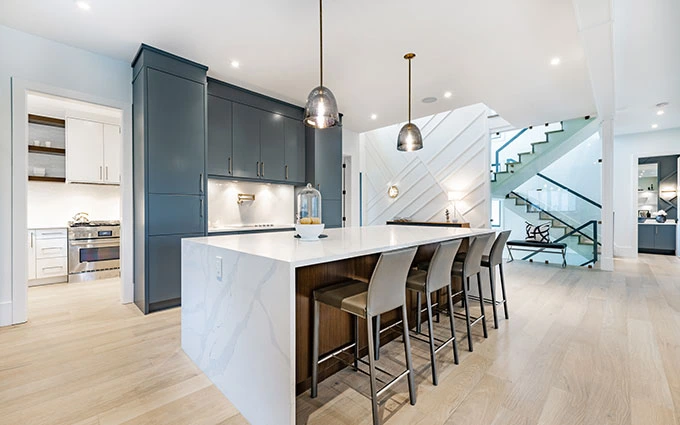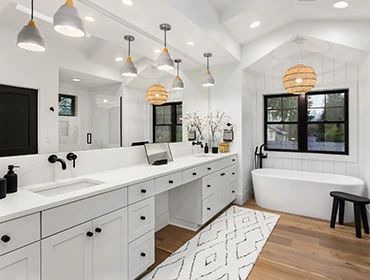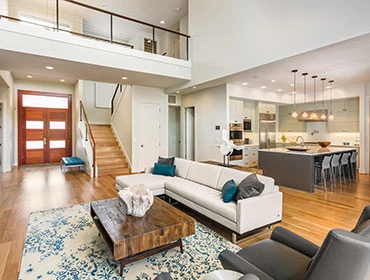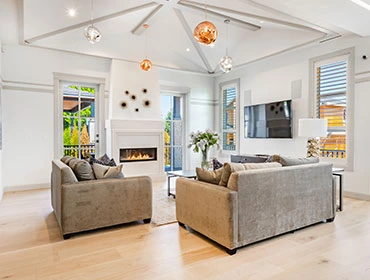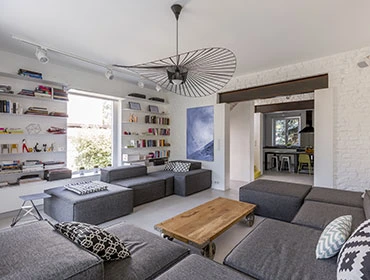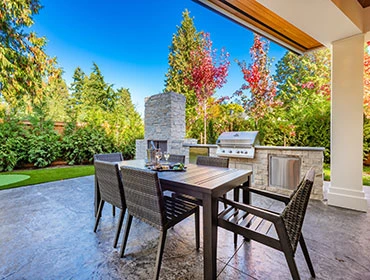ADU
Accessory Dwelling Units (ADUs) have been known by various names throughout the years, such as granny flats, mother-in-law suites, garage conversions, backyard cottages, alternative man caves, bonus rooms, guest houses, guest suites, and, more recently, with the advent of shelter-in-place measures, people are incorporating them as home office spaces. Regardless of the terminology used, these represent essential and cost-effective solutions for creating additional space in the real estate landscape of Southern California.
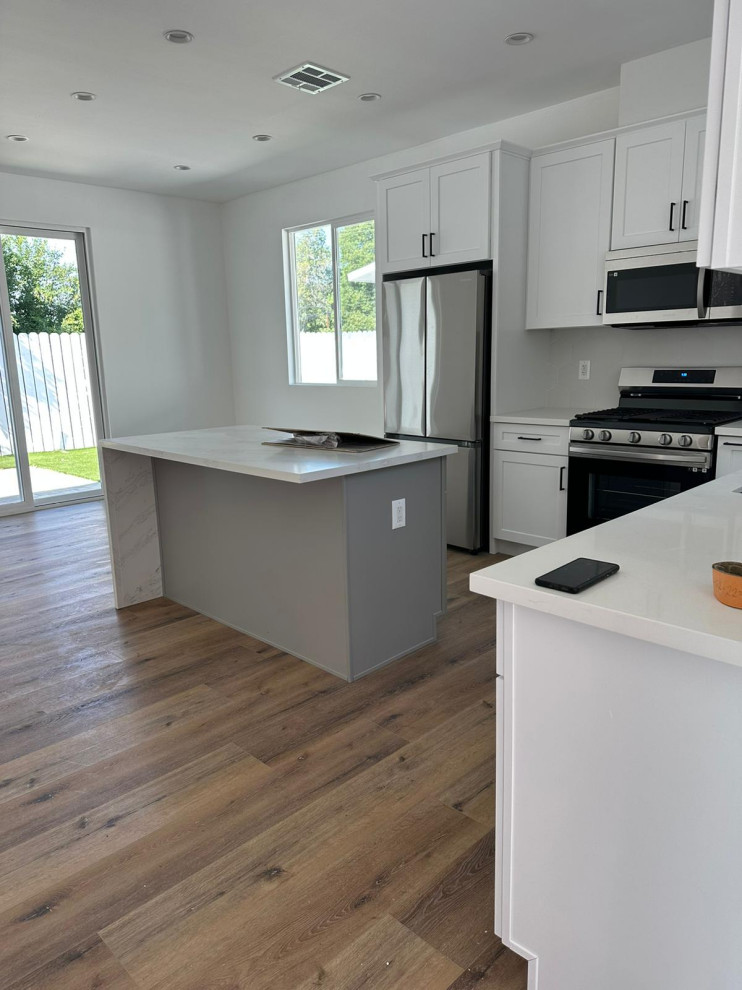
In addition to providing more living space for your family, accessory dwelling units (ADUs) are frequently utilized to cut costs or generate additional income within your existing property. You might consider saving money by constructing an ADU to accommodate an aging family member or even your teenager, who initially planned to attend college but is now engaged in distance learning at home. If this is for an aging family member, you can calculate the potential savings compared to the monthly expenses of assisted living, which typically start at $5,000 in Los Angeles and Orange counties, California. Additionally, you can customize the care by adding nursing assistance at the level required, whether it’s just once a week or less. This arrangement not only keeps your loved one in close proximity for social interactions but also contributes to their overall mental and physical well-being. To cater to the needs of aging seniors, you can incorporate aging-in-place design features such as strategically placed hand railings, easily accessible showers, and convenient storage solutions with lower kitchen cabinets and microwave drawers.
Explore the option of cost savings when your college student engages in distance learning. Eliminate expenses such as dorm room fees, off-campus apartment rates, and college meal plans. Instead, picture a scenario where a young adult, disappointed by the challenges of distance learning, is sharing the same home where you work remotely, and other children may also be engaged in distance learning from home. Given that dorm rates in Southern California can reach as high as $23,000, as reported by San Diego State in their 2020 on-campus dorm fees, adopting this approach not only offers immediate financial savings but also the potential to generate income from the space once your college graduate moves on from the household.
Making Money from an Accessory Dwelling Unit
Utilizing your ADU as a source of income is particularly attractive in Los Angeles and Orange counties, California, given the significantly high average monthly rental for a one-bedroom unit, which stands at $1,800. This translates to an additional $21,600 in annual income. While this may not match the cost of a dorm room at San Diego State, it still represents a substantial supplementary income that will grow over time as property values and rental prices increase. Converting an attached garage into an ADU requires retrofitting, but it involves fewer complexities compared to a freestanding structure. This is because the construction can leverage the existing structure, utilize the current HVAC unit, and require fewer power and plumbing lines to be installed underground. The average cost of building an attached garage ADU with retrofitting is $110,000, and as you incorporate additional features (particularly cabinetry and countertops, which contribute to the overall cost), the price will increase. If you choose to finance the entire $110,000 for 30 years at a 3.8% interest rate, your monthly payment would be only $513, resulting in a net income of $1,187 monthly or $15,444 annually. Alternatively, if you opt for a 15-year financing period at a 2% interest rate, your monthly payment would be $708, resulting in a net income of $1,092 monthly or $13,104 annually. These represent robust supplementary incomes that will continue to grow over time.
As of January 2020, a recent law has made it permissible for all residents in California to engage in the construction of Accessory Dwelling Units (ADUs) on their properties. However, specific requirements and regulations vary among cities, with each municipality having its own set of conditions for supporting the civil engineering plans within its jurisdiction. These conditions encompass factors such as securing viable parking (if the ADU is built within an existing parking garage), proximity to public transportation, the ratio of occupied space to unused lot space, and various other city-specific parameters. Given the increasingly limited space for land development, California is urging homeowners to explore the option of building ADUs. This initiative aims to provide additional housing for both existing and new residents, thereby retaining more retail spending within the state. To further encourage ADU construction, the legislation has eliminated or reduced fees charged by utility companies, serving as an additional incentive for homeowners to embark on such projects.
It is advisable to seek advice from your CPA prior to making any financial decisions regarding real estate. According to information on the California government website, you will incur higher taxes only on the added square footage resulting from construction or improvements. Consequently, your current residence will not undergo reassessment while constructing an ADU. The impact on taxes will be further minimized when transforming your existing garage into habitable space.
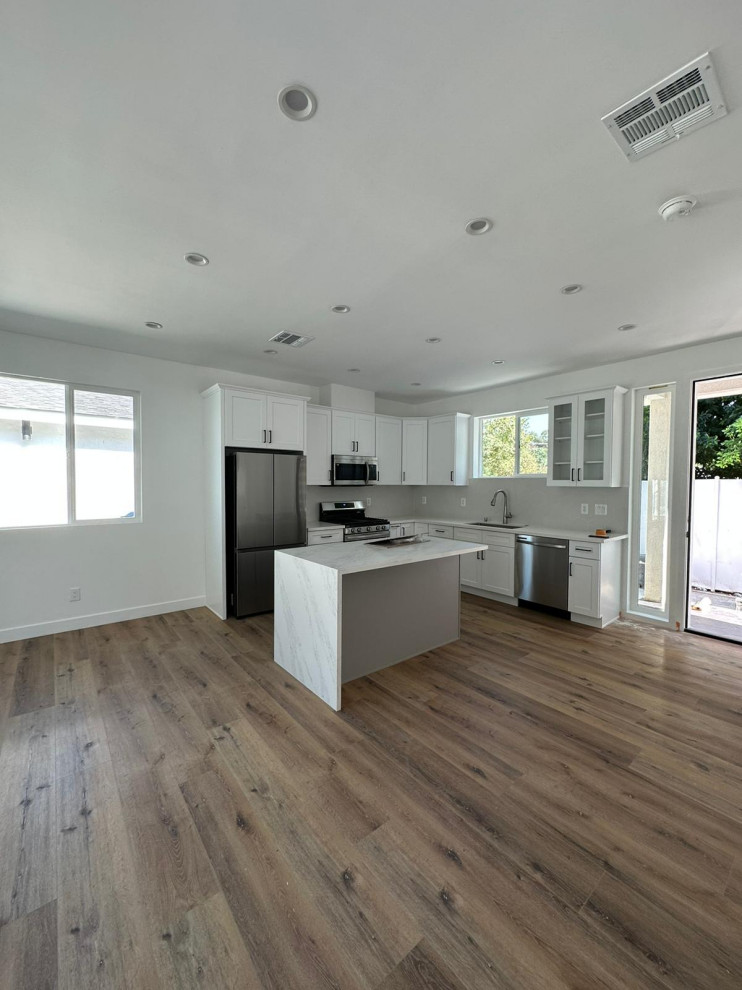
Homeowners seeking additional space may consider converting their garage into a living area as a convenient and cost-effective means of expanding their home. In Southern California, where leaving a car parked in the driveway year-round may not be a major concern, this option can appear appealing. Nevertheless, transforming a garage into a livable space requires more than just adding drywall and carpeting. Undertaking the process incorrectly can be both costly and hazardous, especially considering that your home is likely your most significant investment.
Let’s explore several factors to contemplate before embarking on a project of this magnitude. While some may assume that the presence of laundry hookups makes it straightforward and reasonably priced, there are numerous aspects beyond water and electricity at a single site that require consideration. Many existing garages necessitate retrofitting to serve as living spaces. Installing new plumbing and an additional electrical box to accommodate increased outlets and wattage is essential. Delve into the following details for a more comprehensive understanding of additional considerations.
In California, obtaining permits is a prerequisite for most construction endeavors, and the transformation of garages is no different. However, securing permits is merely the initial step. It is crucial to factor in building ordinances when contemplating a conversion. For instance, both Los Angeles and Orange counties and Los Angeles County mandate a specific count of covered off-street parking spaces for residences. Consequently, eliminating an existing garage may necessitate the construction of a new garage or carport to comply with this regulation. Another potential complication arises from local setback ordinances—if the resulting room would be too close to the property line, the city may withhold a permit. It is advisable to fully understand the requirements and possibilities before initiating any plans with your contractor.
Although illegal garage conversions are prevalent, it’s crucial to resist the urge to seek forgiveness rather than permission when considering such a project. If the city catches you, as is common for many homeowners, fines for unauthorized work can accumulate rapidly. The process of retroactively obtaining permits is likely to be more troublesome than undergoing proper inspections during construction. This is because you may need to open up walls to allow inspectors to assess any electrical or plumbing work. In some instances, the city may even mandate that you revert the space back to a garage. Even if the city remains unaware, an unpermitted garage conversion might dissuade potential buyers if you decide to sell your home. Permits are in place for a dual purpose, benefiting homeowners by ensuring that the construction is up to code and safe to inhabit, while also holding the individual who takes out the permits accountable and liable for the work. It’s advisable to refrain from having your name on the permit unless you are a licensed and insured general contractor. This precaution is essential to avoid an uninsured construction professional making a claim on your homeowners insurance due to an injury on the job. Always remember that permits not only ensure your safety but are specifically designed for new construction. Inspectors typically do not have the time or inclination to inspect properties for unpermitted work. Protect yourself by ensuring that your general contractor obtains the necessary permits.
Converting a Garage into a Living Space
When transforming a garage into a multipurpose living area, prioritizing the assessment of the existing electrical wiring is crucial. Initially, there’s a possibility that the current wiring no longer complies with building codes, necessitating the expertise of a licensed electrician for rewiring. Additionally, adherence to the lighting guidelines outlined in the California Energy Commission’s “Title 24 – Building Energy Efficiency” is essential, and seeking assistance from a professional can make this process smoother.
When assessing the current condition of the garage slated for conversion, it’s crucial to determine if there is an elevation difference between the garage floor and the existing living space in your home. This disparity is commonly observed in attached garage setups. As per the construction building codes in California, it is necessary to ensure that the garage flooring is leveled to match the floor level of the home in such cases.
Engaging with a design-build firm provides the advantage of having a Designer who excels in space planning, demonstrating the capability to maximize the utility of areas you might overlook. This space can seamlessly transform from a dedicated workspace during the day, accommodating guests and featuring a compact kitchen, to a family room in the evening. Your designer can present various options tailored to your lifestyle, ensuring that the additional living space aligns with your desired benefits.
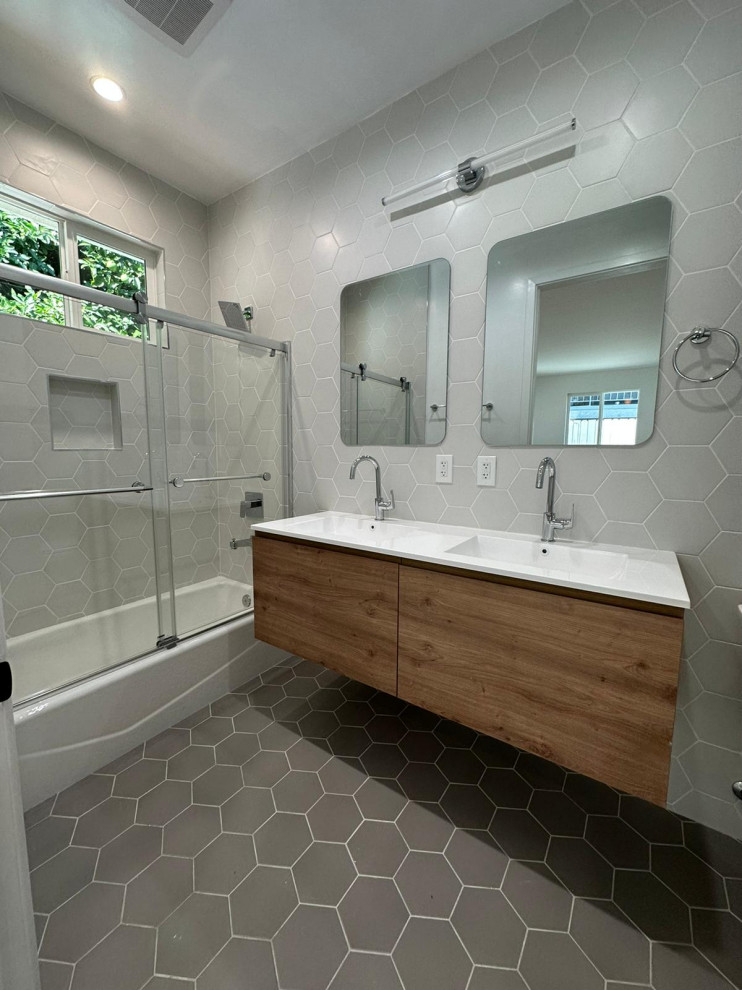
Converting a Garage into a Bedroom
Transforming a garage into a bedroom space often involves compliance with numerous building regulations and standards. When exploring the options for conversion, take into account that Los Angeles and Orange counties residences must adhere to specific requirements for covered off-street parking spaces, determined by the home’s square footage and/or the number of bedrooms. Consequently, a crucial aspect of your garage conversion project will be the addition of an on-site parking space.
In addition to the overall living area, it is crucial to comply with the specified electrical regulations mentioned earlier. It is essential to strictly adhere to the mandatory “egress” building code, which involves establishing a means of evacuation or escape in the event of a fire or other life-threatening emergency. The determination of egress is based on the square footage and specific location of the space, and this will be monitored by the building inspector in your city. Furthermore, you must install the appropriate fire and carbon monoxide detectors as per the square footage requirements for your living space.
US Home Developers Construction operates in various cities across Los Angeles and Orange counties, with its main office situated in Irvine, CA. We maintain strong partnerships with these cities and typically handle around 30 ongoing projects simultaneously. When you’re ready to explore the specific guidelines and limitations in your particular city, reach out to us, and we’ll assist you in determining the feasibility of your project. Once we have the details, it’s important to consider that transforming a space designed for car storage into a comfortable, aesthetically pleasing living area requires significant modifications. Factors such as electrical work, insulation, drywall, HVAC systems, additional windows, and/or doors should be taken into account. Compliance with local regulations for residential spaces is crucial, and the design should seamlessly integrate with the overall appearance of your home. This approach ensures that your conversion enhances the value and visual appeal of your residence rather than diminishing it.
When embarking on this project, ensure that you collaborate with a qualified and reputable remodeler. Opt for experience to avoid any learning curves at your expense. If you’re a busy professional, consider partnering with a design-build firm. These firms house all construction professionals in one place, offering a single point of responsibility and accountability. Your team of experts will include a designer, draftsmen, structural engineers, a project manager, skilled tradesmen, and carpenters. The adage “It takes a village” rings true in home construction. Another advantage of a design-build firm is their capability to provide value engineering. This entails leveraging the knowledge of various construction professionals throughout the project, unlike the traditional approach where blueprints are finalized before hiring a contractor. Value engineering allows the designer, structural engineer, and draftsman to collaborate, delivering the most cost-effective solution based on your property’s existing conditions and city limitations.
If you desire to expand the space in your home, the guidance of a skilled remodeling company is essential for bringing your dreams to fruition optimally. Reach out to the professionals at US Home Developers Construction now to discover the potential possibilities.
